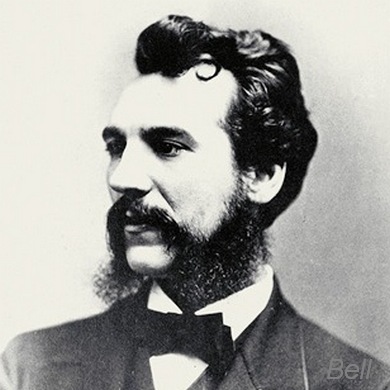Vóór 1920 waren nagenoeg alle telefoontoestellen van hout en handgemaakt: onderdelen gemonteerd op een houten plank en daaromheen een houten behuizing. telefoonmuseum freerk kuperus
De toestellen hingen vaak aan de muur alhoewel er in deze periode ook al z.g. "mobiele telefoons" kwamen: verplaatsbare toestellen die op tafel stonden en met een snoer waren verbonden aan een batterij en aan het telefoonnet. Toestellen met kiesschijf komen in deze periode nog nauwelijks voor omdat in Europa pas rond 1920 de automatische elektromechanische telefooncentrale zijn intrede doet.
Verderop uitgebreide gegevens over de toestellen, hier alvast een diavoorstelling van alle telefoons in het museum uit de periode 1900 - 1920.


